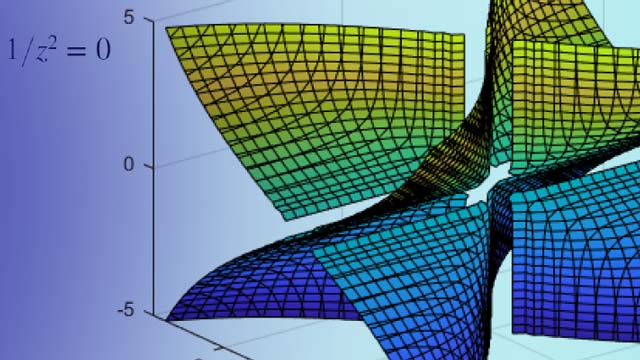xor
Logical XOR for symbolic expressions
Syntax
Description
Examples
Set and Evaluate Condition
Combine two symbolic inequalities into a logical expression usingxor.
信谊x范围= xor (x > -10 x< 10);
Replace variablexwith 11 and 0. If you replacexwith 11, then inequalityx > -10is valid andx < 10is invalid. If you replacexwith 0, both inequalities are valid. Note thatsubsonly substitutes the numeric values into the inequalities. It does not evaluate the inequalities to logical1or0.
x1 = subs(range,x,11) x2 = subs(range,x,0)
x1 = -10 < 11 xor 11 < 10 x2 = -10 < 0 xor 0 < 10
To evaluate these inequalities to logical1or0, useisAlways. If only one inequality is valid, the expression withxorevaluates to logical1. If both inequalities are valid, the expression withxorevaluates to logical0.
isAlways(x1) isAlways(x2)
ans = logical 1 ans = logical 0
Note thatsimplifydoes not simplify these logical expressions to logical1or0. Instead, simplify returnssymbolicconstantssymtrueorsymfalse.
s1 = simplify(x1) s2 = simplify(x2)
s1 = symtrue s2 = symfalse
Convert symbolicsymtrueorsymfalseto logical values usinglogical.
logical(s1) logical(s2)
ans = logical 1 ans = logical 0
Input Arguments
Tips
If you call
simplifyfor a logical expression containing symbolic subexpressions, you can get the symbolic constantssymtrue和symfalse. These two constants are not the same as logical1(true) and logical0(false). To convert symbolicsymtrue和symfalseto logical values, uselogical.assume和assumeAlsodo not accept assumptions that containxor.

